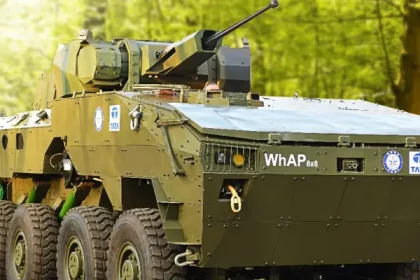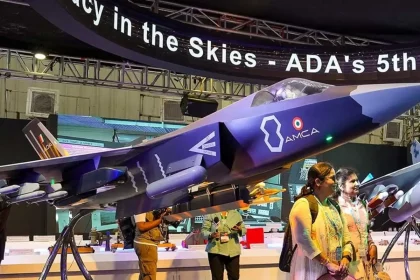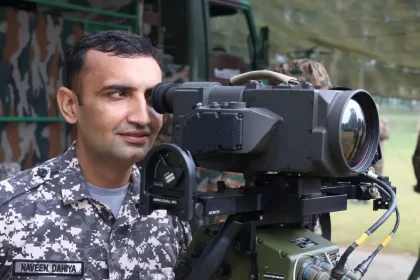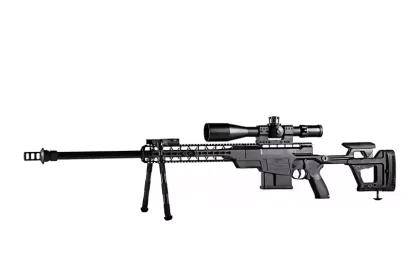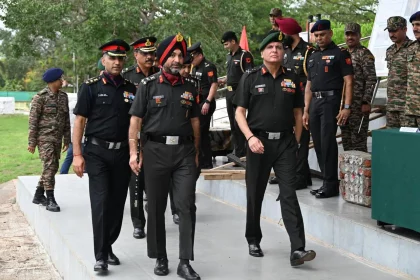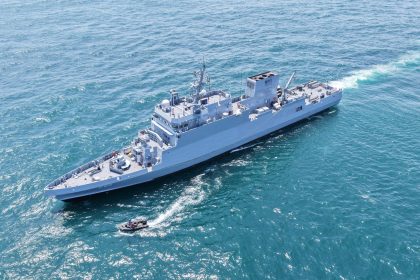Tata Advanced Systems Opens India’s First Overseas Defence Manufacturing Unit in Morocco
Morocco facility marks Tata’s global foray as India boosts defence exports and strategic ties abroad.
L&T, BEL Partner for India’s 5th-Generation Fighter Aircraft Programme
Defence majors join forces to drive India’s fifth-generation fighter project.
Gurj Division Hosts Inter-Service Familiarisation Visit for IAF Personnel at Mamun
Strengthening Jointmanship and Building Bridges Between Army and Air Force.
Caracal, Icomm Tele Secure Contract to Supply 200 CSR 338 Sniper Rifles to CRPF
Hyderabad-based joint venture to deliver advanced sniper systems under Make in India push
What is Adjutant in the Indian Army and Why is He the CO’s Right Hand?
The adjutant embodies the administrative heart of the Indian Army unit, ensuring that discipline and efficiency support the CO's vision.
Indian Navy to Commission ‘Androth’, Second Ship in ASW-SWC Series
Second Ship in ASW-SWC Series Reflects India’s Aatmanirbharta in Defence.

